Galangal (Alpinia galanga) is a rhizome plant native to Southeast Asia, closely related to ginger and turmeric. It's widely used in Asian cuisine for its distinctive citrusy, peppery flavor and aromatic properties. This guide covers everything you need to know about galangal, including its flavor profile, culinary uses, buying tips, and health benefits.
Table of Contents
- What Is Galangal?
- The Flavor Profile of Galangal
- Culinary Uses of Galangal
- Buying Guide: How to Choose the Best Galangal
- Tips for Using Galangal in Your Cooking
- Frequently Asked Questions About Galangal
What Is Galangal?
Galangal (scientific name: Alpinia galanga) is a rhizome plant native to Southeast Asia, closely related to ginger and turmeric. It has been used for centuries in traditional medicine and cooking. While it may look similar to ginger, galangal has a distinct, more pungent and citrusy aroma with a slightly peppery bite. There are two main types: greater galangal (Alpinia galanga) and lesser galangal (Alpinia officinarum). Greater galangal is more commonly used in cooking, while lesser galangal is often used in medicinal applications.
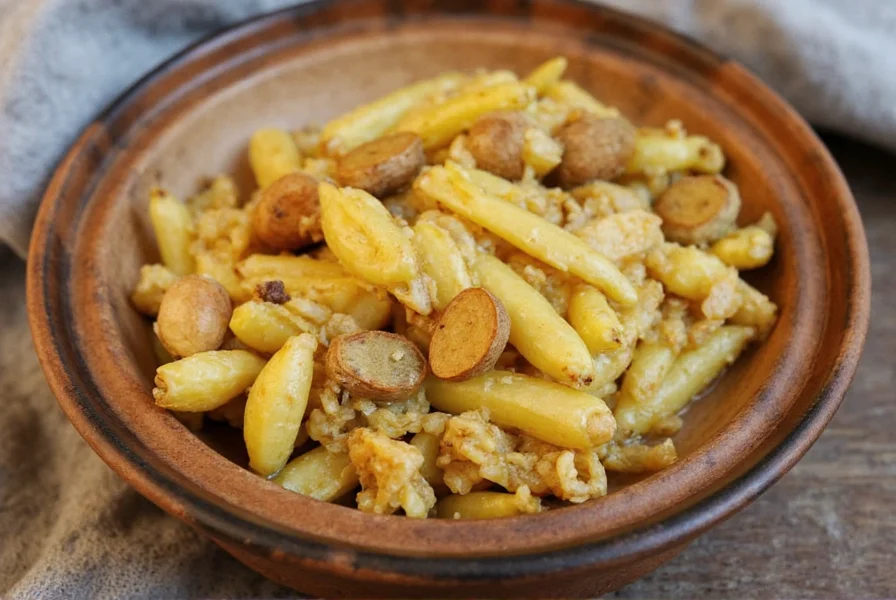
The Flavor Profile of Galangal
Galangal's flavor is complex and versatile, often described as a mix of citrus, pepper, and earthiness. When cooked, it becomes milder and more fragrant, making it ideal for slow-cooked dishes like curries, soups, and stews.
| Flavor Description | Raw Galangal | Cooked Galangal |
|---|---|---|
| Aroma | Earthy, sharp, slightly spicy | Fragrant, citrusy, warm |
| Taste | Pungent, peppery, bitter undertones | Mellow, sweet, citrusy |
| Texture | Rough, fibrous | Smoother, softer |

Culinary Uses of Galangal
In Thai cuisine, galangal is a key ingredient in popular dishes like Tom Yum soup and Kao Soi. In Indonesian and Malaysian cooking, it's often found in rendang and soto. It's also used in Indian and Chinese recipes, though less frequently than in Southeast Asian dishes.
Galangal can be used in various forms:
- Fresh: Best for infusing into broths, soups, and sauces.
- Dried: Offers a more concentrated flavor and is used in spice blends.
- Ground: Used in curry powders and pastes, though less common than fresh or dried.
It pairs well with ingredients like lemongrass, kaffir lime leaves, chili, and coconut milk. For best results, add galangal early in the cooking process to allow its flavors to develop fully.

Buying Guide: How to Choose the Best Galangal
When purchasing galangal, consider these factors:
1. Fresh Galangal
Look for firm, plump roots with no signs of mold or soft spots. The skin should be smooth and slightly rough, not too dry. Avoid any roots that are shriveled or have a musty smell.
2. Dried Galangal
Dried galangal is usually sold in small pieces or powder form. It should have a strong, aromatic scent and a dark yellow or brown color. Purchase from reputable sources to avoid adulterated products.
3. Ground Galangal
Ground galangal is less common but still available in some specialty stores. Check for a vibrant color and a fresh, zesty aroma. Use sparingly due to its potency.
| Type | Best For | Flavor Intensity | Storage |
|---|---|---|---|
| Fresh | Infusions, soups, stews | High | Cool, dry place |
| Dried | Curry powders, spice blends | Very high | Airtight container |
| Ground | Curry pastes, rubs | High | Cool, dark place |
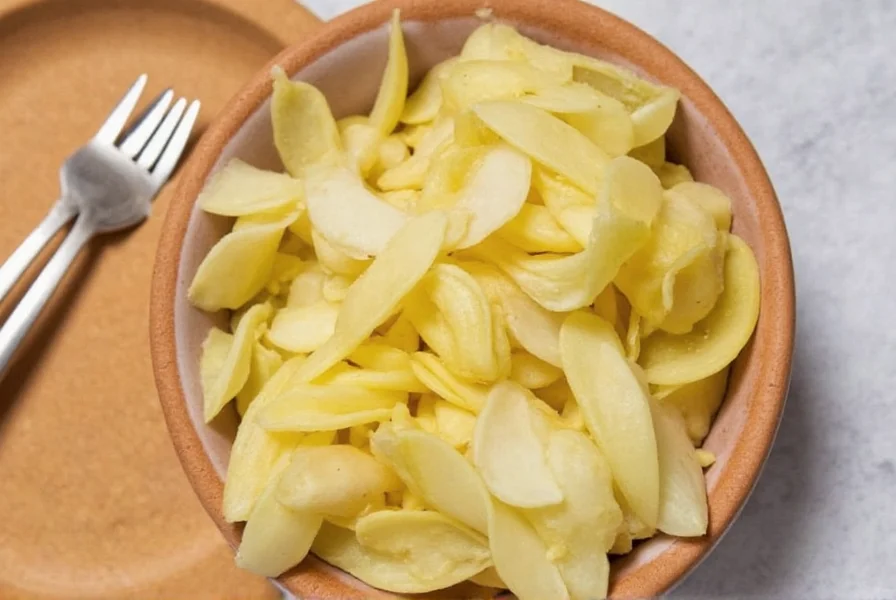
Tips for Using Galangal in Your Cooking
Follow these tips for optimal results:
- Use it in moderation: Galangal is potent, so start with a small amount and adjust to taste.
- Grate or slice it finely: This helps release its flavor more effectively. Use a microplane grater for the best results.
- Pair it with complementary ingredients: Lemongrass, garlic, and chili all work well with galangal.
- Add to oil first: Sautéing galangal in oil before cooking enhances its aroma and flavor.
- Store properly: Fresh galangal should be kept in the refrigerator, wrapped in a paper towel to absorb excess moisture.
Galangal is especially good in slow-cooked dishes where it can develop its full flavor. Try adding it to a pot of soup, stew, or even a stir-fry for a burst of warmth and complexity.
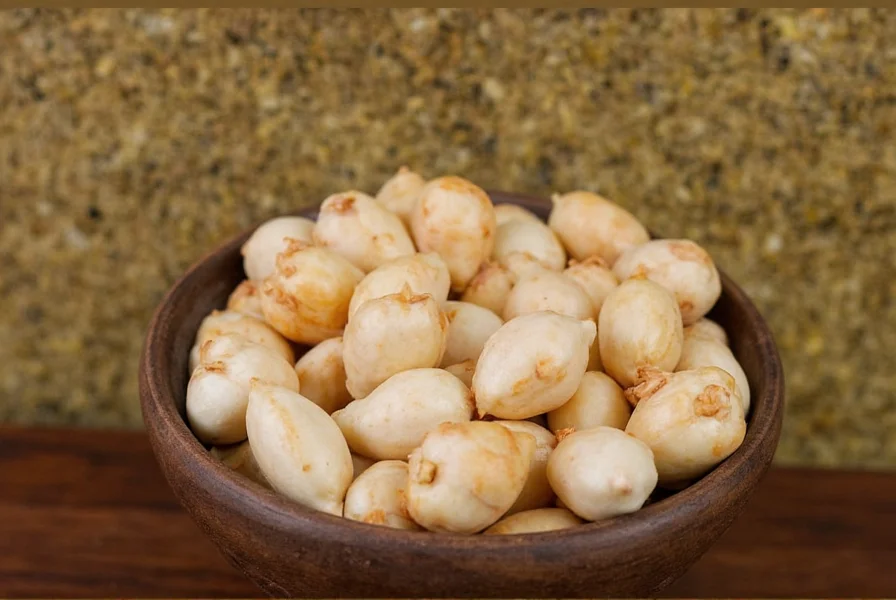
Frequently Asked Questions About Galangal
Here are answers to common questions:
Q: What is galangal?
A: Galangal (scientific name: Alpinia galanga) is a rhizome plant native to Southeast Asia, closely related to ginger and turmeric. It has a distinctive citrusy, peppery flavor profile with notes of pine and floral elements. Greater galangal is used primarily in cooking, while lesser galangal is more common in medicinal applications.
Q: What's the difference between greater and lesser galangal?
A: Greater galangal (Alpinia galanga) has a smoother, paler skin and is more commonly used in cooking, especially in Thai, Indonesian, and Malaysian cuisine. Lesser galangal (Alpinia officinarum) has a rougher, darker skin, is more peppery and pungent, and is traditionally used more in medicinal applications. Greater galangal is what you'll typically find in most recipes and grocery stores.
Q: Can I substitute galangal with ginger?
A: While ginger is a close relative, it doesn't have the same flavor profile. Galangal is more citrusy and peppery with unique pine notes. For substitution, use a small amount of ginger plus a splash of lemon juice and a pinch of white pepper to mimic some of galangal's brightness and bite.
Q: Is galangal safe to eat raw?
A: Yes, galangal can be eaten raw, though it has a very strong and sharp flavor that many find too intense when uncooked. It's often grated finely into salads or used as a garnish in small amounts, but most culinary applications involve cooking it to mellow the taste and release its complex aromas.
Q: Where can I find galangal?
A: Galangal is most commonly available at Asian markets (particularly Thai, Vietnamese, and Indonesian grocery stores), specialty food stores, and increasingly in well-stocked conventional supermarkets. Look for it in the produce section near other roots like ginger and turmeric. If fresh isn't available, dried slices or powder can be found in the spice aisle or online retailers.
Q: How should I store galangal to keep it fresh?
A: Fresh galangal should be stored in the refrigerator, wrapped in a paper towel and placed in a plastic bag or airtight container. This can keep it fresh for 2-3 weeks. For longer storage, you can freeze galangal (sliced or whole) for up to 6 months—it doesn't need to be thawed before use in cooked dishes. Dried galangal should be kept in an airtight container in a cool, dark place.
Q: What are the health benefits of galangal?
A: Galangal contains antioxidants and has demonstrated anti-inflammatory properties in studies. According to the American Herbalists Guild, it's traditionally been used to aid digestion, reduce nausea, and boost immunity. Research published in the Journal of Ethnopharmacology suggests potential antimicrobial properties, though more studies are needed. As with any food, consume it as part of a balanced diet rather than as a supplement unless advised by a healthcare professional.
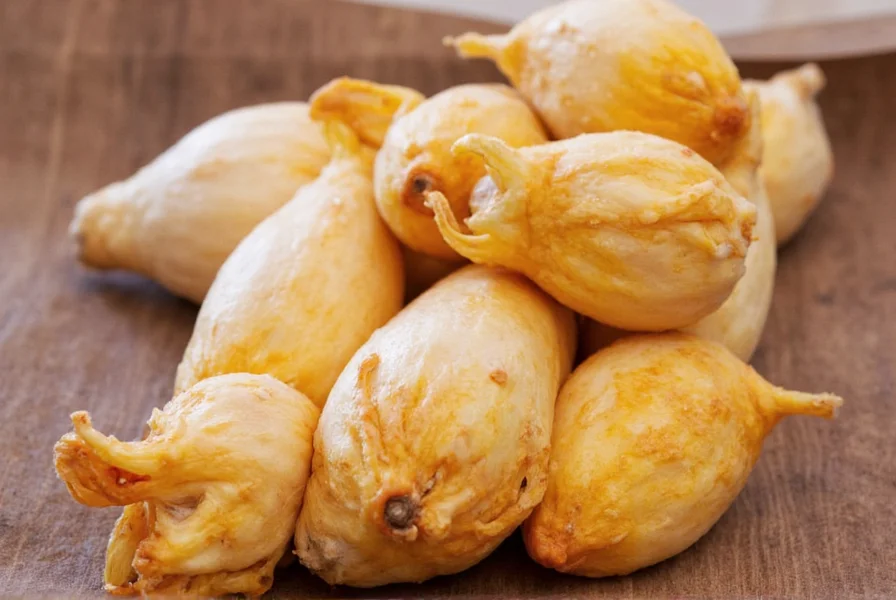

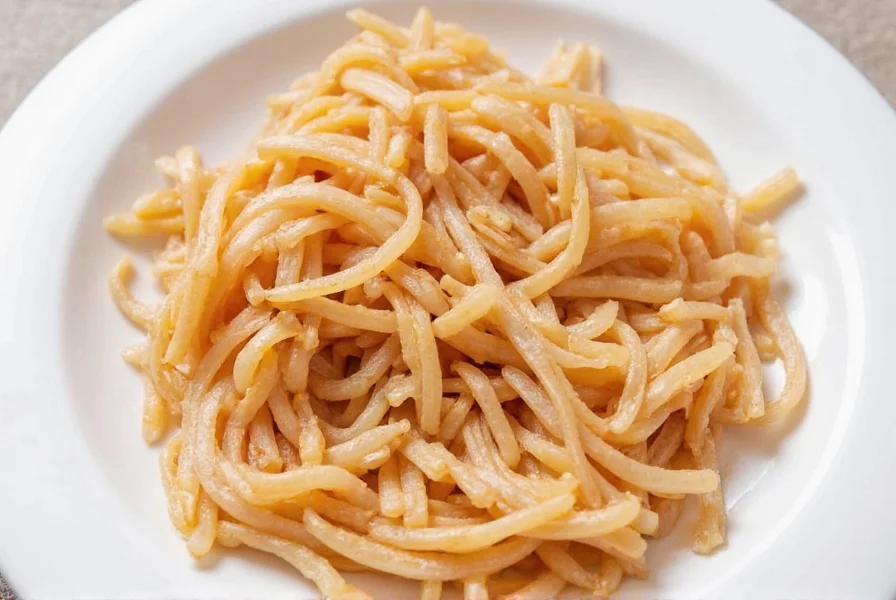









 浙公网安备
33010002000092号
浙公网安备
33010002000092号 浙B2-20120091-4
浙B2-20120091-4